2D Modeling
Gimp - Raster
I tried out Gimp for 2D modeling. Gimp is a primarily raster-based program, but represents path structures in vector format. To test out Gimp, I decided to edit a picture of a parakeet!
I first downloaded an image of a few parakeets from the internet.

I then used the "Fuzzy Select" tool in Gimp to select parts of the background. After repeatedly using the tool a few times, I had the original picture of the parakeets but this time with a transparent background.
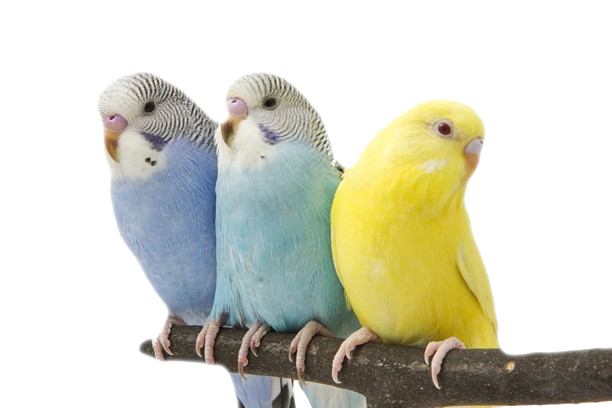
Next, I used DALL-E to generate an image of a rainforest. I would use this image as the background of my edit.

To insert the background, I created a new layer under the transparent image in Gimp. Layering the background image underneath the parakeet layer means that the parakeets would show up on top of the background, and the rainforest would cover any transparent spots. I had some experience using a layering system due to previously using ProCreate.
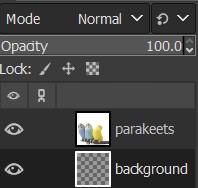
After inserting the rainforest image into the background layer, I created the following final product:

Conclusion
Gimp appears to be a very powerful editing tool, especially considering that it is completely free. Although I do not have much experience in graphic design (evidently), Gimp was intuitively designed and easy to use. The GUI itself is a little overwhelming, and navigating and using tools correctly is a little complex, but it is pretty easy to get used to. I will definitely use Gimp in the future for designing and editing images.
Cuttle - Vector
Cuttle is a vector-based design tool that can be used for both 3D and 2D design, although it isn't necessarily built for 3D. For my test run of Cuttle, I used this tutorial.
I first designed a pentagon by using the Polygon tool.
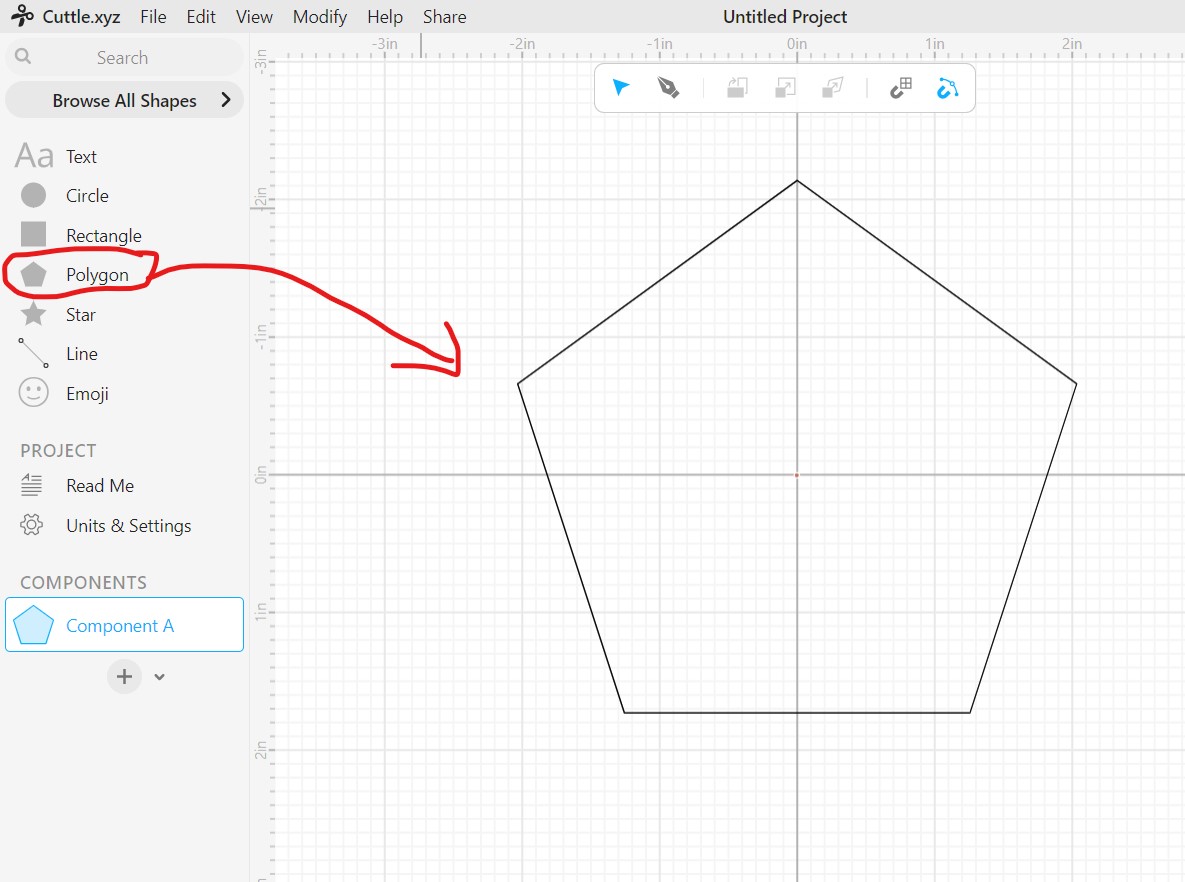
I then created a rectangle which I duplicated on all 5 edges of the pentagon using the Rotational Repeat tool.
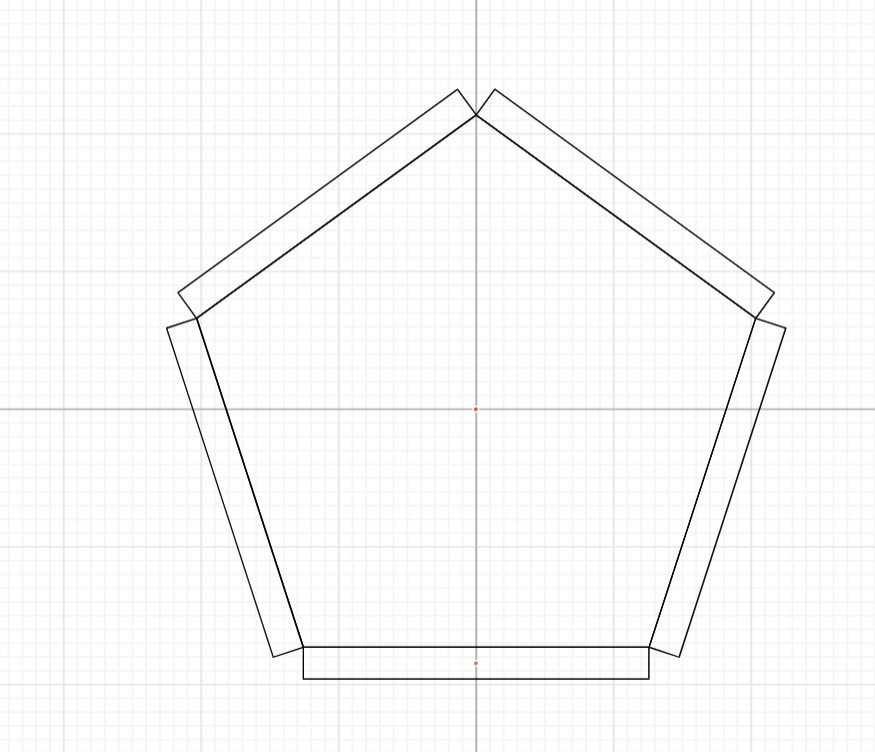
I then created a group with the Rotational Repeat attribute. This means that anything I design under this group would automatically be repeated across the pentagon. I then added a bezier curve and some circles.
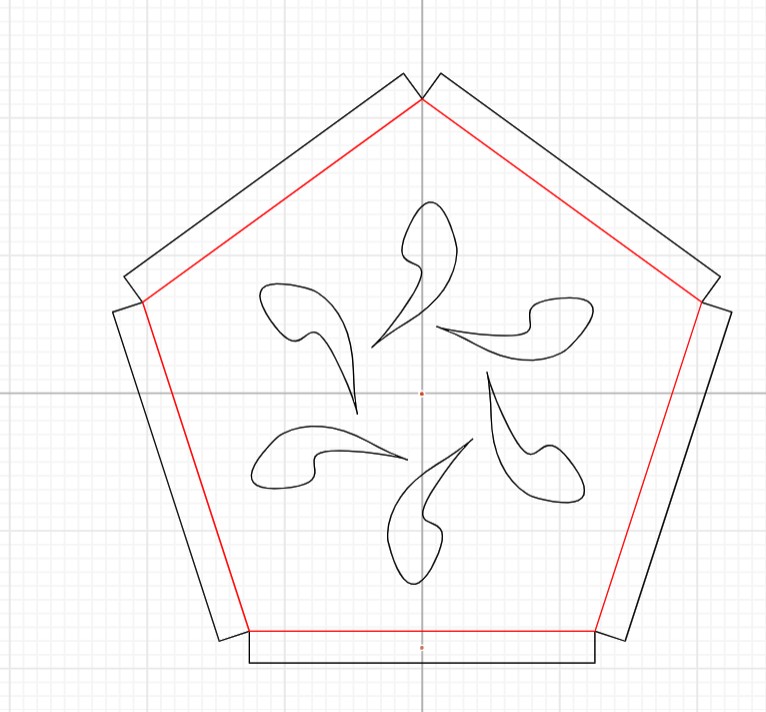 |
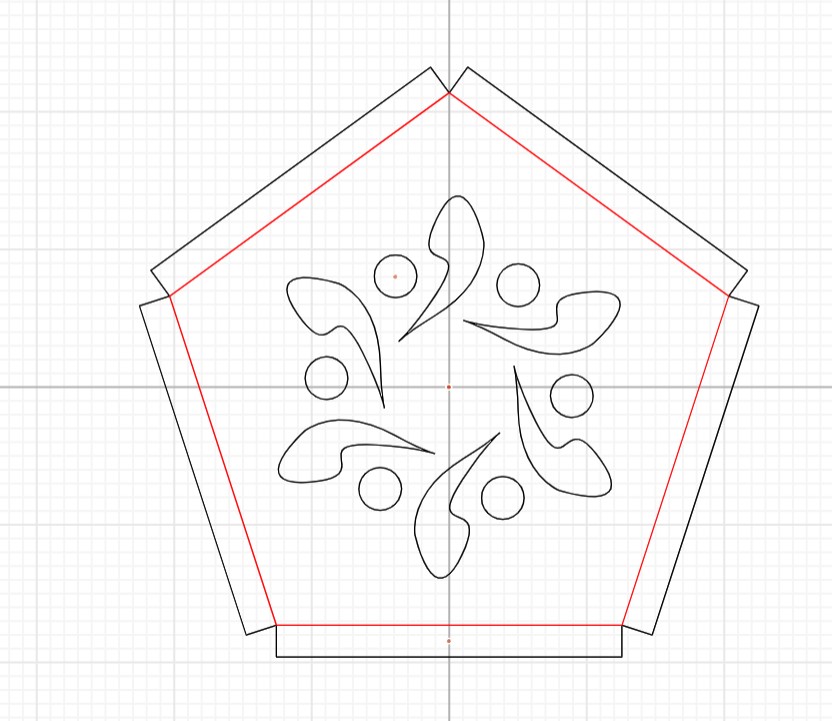 |
After doing some additional modifications, this was my final design:

Conclusion
I think Cuttle was a pretty intuitive software to use. However, some of the tools operated in unexpected ways and there was often a convoluted process needed to make something work the way it should. Additionally, Cuttle only allows a maximum of 5 designs without upgrading to a paid account. Overall, Cuttle was pretty fun to work with but I have mixed feelings about using it in the future.